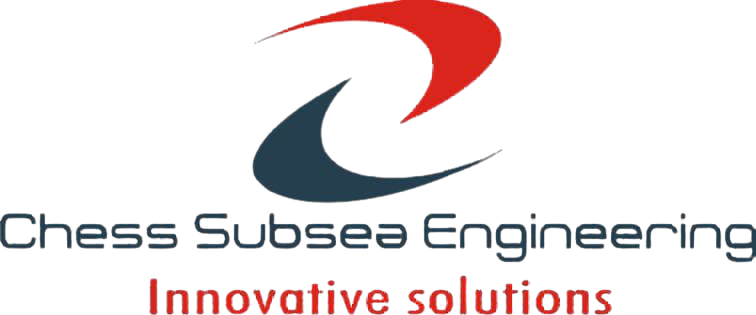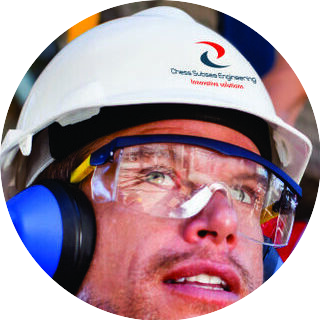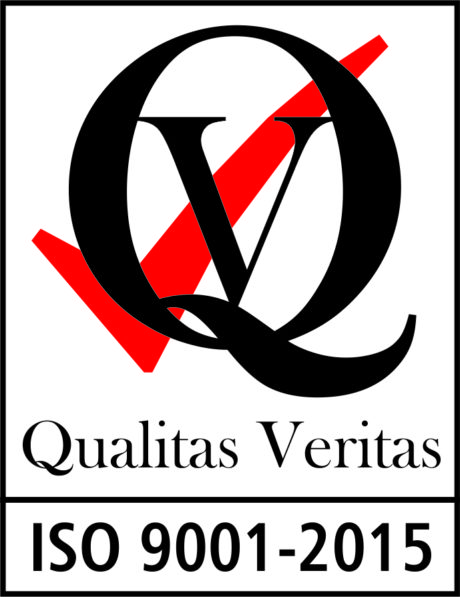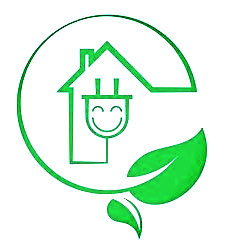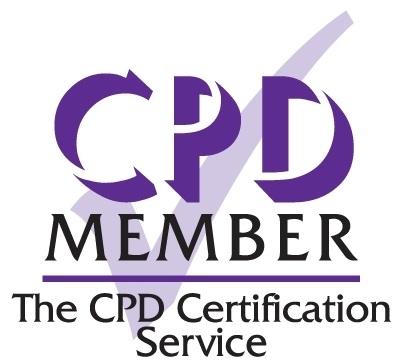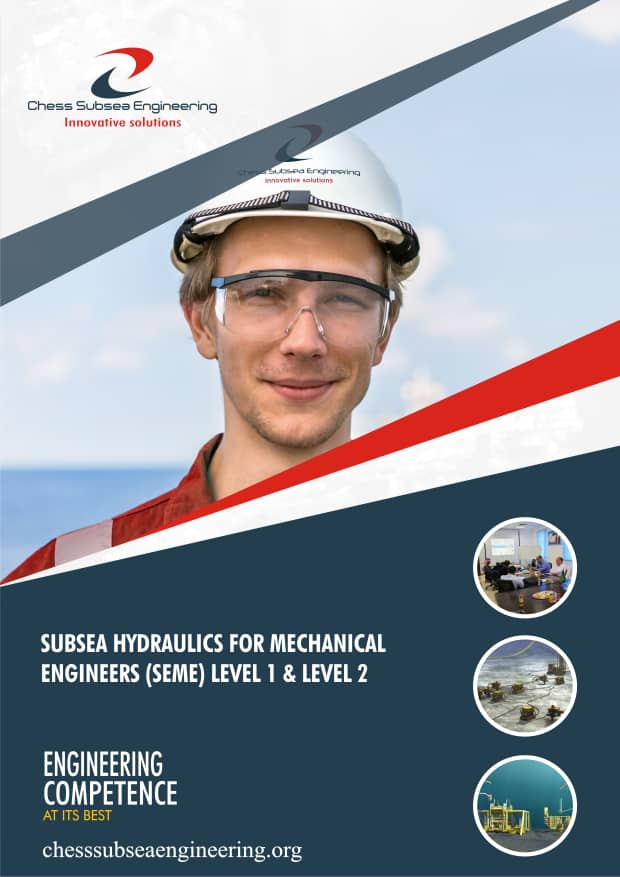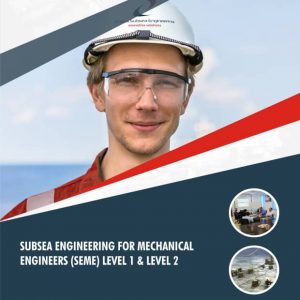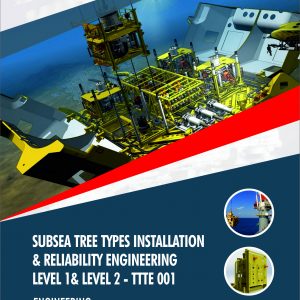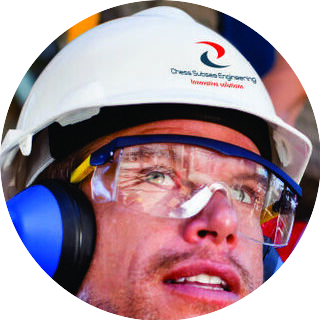Description
The Subsea Hydraulics for Mechanical Engineers (SHME) Level 1 & Level 2 course is designed to provide mechanical engineers with a comprehensive understanding of hydraulic systems used in subsea applications. The course covers key aspects of subsea hydraulics, including principles, components, and design considerations specific to subsea environments.
The Level 1 course introduces participants to the fundamental principles of hydraulics and their application in subsea systems. Participants will learn about hydraulic fluids, pressure control, flow control, and the basic components used in subsea hydraulic systems.
The SHME Level 1 & Level 2 course focuses on teaching participants how to design and analyze subsea hydraulic systems. It covers topics such as system design considerations, selection of components, control strategies, and safety aspects related to subsea hydraulics.
Throughout the course, participants will engage in practical exercises and case studies, allowing them to apply the learned concepts to real-world scenarios. They will gain hands-on experience in designing hydraulic systems for subsea applications, considering factors such as fluid compatibility, system efficiency, and reliability.
By completing the SHME Level 1 & Level 2 course, mechanical engineers will acquire the necessary knowledge and skills to effectively work with subsea hydraulic systems. The course aims to enhance their understanding of subsea hydraulics, enabling them to contribute to the design, operation, and maintenance of hydraulic systems in subsea installations, ensuring optimal performance and reliability in challenging offshore environments.
Subsea Hydraulics for Mechanical Engineers (SHME) Level 1 & Level 2 explores all the major aspects of subsea control hydraulics, operations mechanics, hydraulic components such as Hydraulic Pumps, Hydraulic Fluid, Transmission Line / Piping , Accumulators, Directional Control Valves, Actuators, Valves, Filters, Check Valves etc.; subsea control fluids properties, subsea production control fluids selection & chemical makeup, BOP control fluids and chemical make ups etc.
Course Outlines
Subsea Production Systems
Subsea Field Architecture
Subsea Distribution Systems
Subsea Control Systems
Hydraulic Power System Operation Mechanism
Hydraulic Pumps
Hydraulic Fluid
Transmission Line / Piping
Accumulators
Directional Control Valves
Actuators
Valves
Filters
Check Valves
Subsea Control Fluid Properties
Lubrication And Anti-Wear
Corrosion Protection
Bacterial Protection
Stability
Compatibility
Environmental Profile
Cleanliness
Equipment Qualification
Field Experience
Fluid Types
Chemical Make-Up
Manufacturers
Future of Subsea Production Hydraulic Fluids
Chemical Make-Up
Manufacturers
Future of Deepwater BOP Hydraulic Fluids
Technical Support References
Ref 1: Subsea Production Systems
Ref 2: Subsea Field Architecture
Ref 3: Subsea Distribution Systems
Ref 4: Subsea Control Systems
Ref 5: Subsea Hydraulic Power System
Ref 6: Subsea Control Hydraulics Components
Ref 7: Subsea Hydraulic Distribution System
Ref 8: Subsea Hydraulic Control Modules
Ref 9: Subsea Control Fluids
Ref 10: Subsea Production Control Fluids
Ref 11: Subsea Blow Out Preventer (BOP) Fluids
Ref 12: Subsea robotics
Ref 13: Subsea Project Management
Assessment
Participant underpinning knowledge of offshore & subsea hydraulics at Level 1 & Level 2 shall be accessed with short answer multiple-choice questionnaire and case studies at the conclusion of the course.
Outcome
Participants will gain an in debt understanding of deepwater hydraulics operations at level 1 & Level 2. They will also be able to function with minimum supervision as Subsea Production Systems and Services (SPS&S) Systems Engineer for IOCs, offshore & subsea systems service contractor, vendor or installation company.
Professional Certificate
Issued directly by Chess Subsea Engineering Europe.
Participant may be presented for Offshore Petroleum Training Organization (OPITO) Certification.
How to Register
Click here to download registeration booklet on msword and email completed booklet to info@chesssubseaengineering.org directly.
